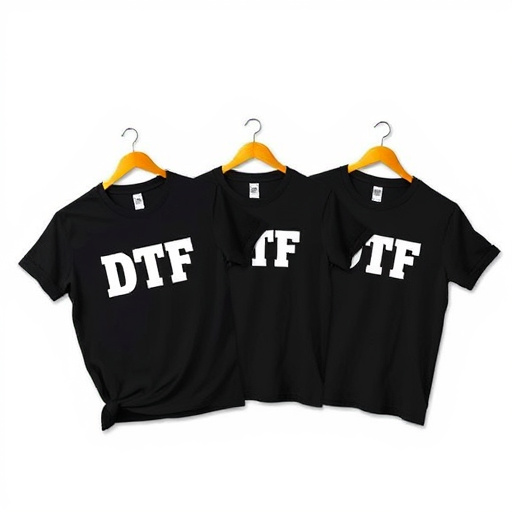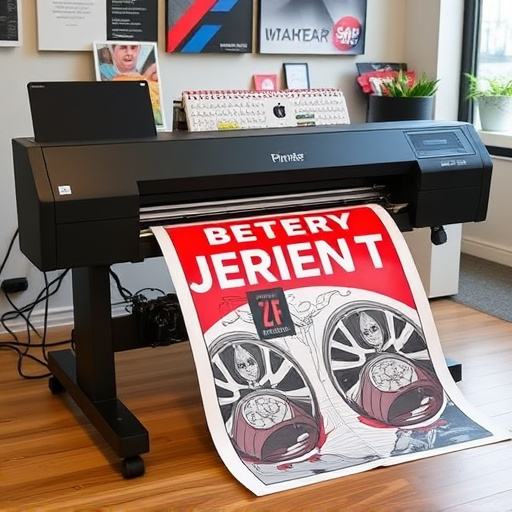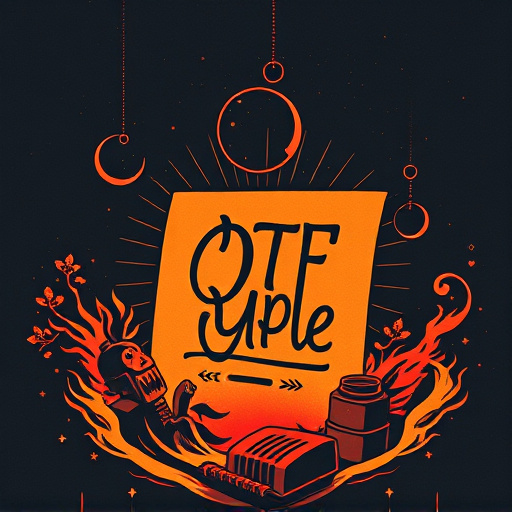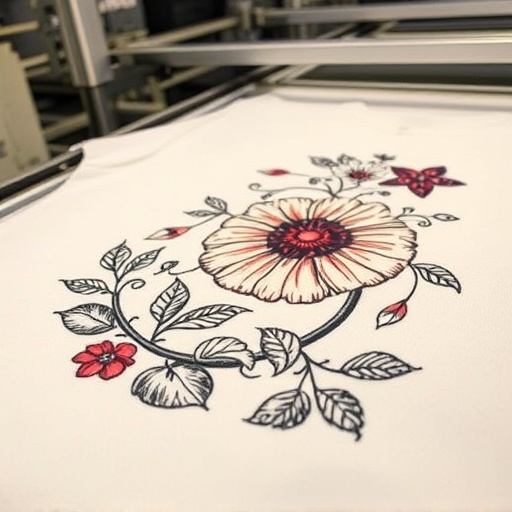Direct-to-Fabric (DTF) printing technologies revolutionize apparel personalization, offering exceptional detail and efficiency in creating unique garments. DTF transfer technology further enhances design capabilities, enabling businesses to produce vibrant, complex patterns on various fabrics. Done-to-fill (DTF) printing, combined with data analytics and AI, allows brands to create mass-customized products, fostering customer satisfaction and loyalty in a competitive global market.
In today’s digital era, personalization is key to capturing and retaining global customers. Unlocking this potential begins with understanding the dynamic nature of consumer preferences, where DTF (Demand-Side Platform) Future Trends play a pivotal role. This article explores how these emerging trends are revolutionizing personalization at scale. We delve into strategies that brands can adopt to adapt to evolving needs, drive innovation, and stay ahead in a competitive market, all centered around the transformative power of DTF Future Trends.
- Unlocking Personalization: DTF Future Trends Emerge
- Global Scale: Adapting to Evolving Consumer Needs
- Driving Innovation: Personalization Strategies for Success
Unlocking Personalization: DTF Future Trends Emerge

The future of personalization is here, and it’s driven by DTF Future Trends. Digital technologies have revolutionized the way we create and deliver customized products at a global scale. One of the most significant advancements is the emergence of Direct-to-Fabric (DTF) printing techniques, which offer unparalleled versatility and efficiency in the apparel industry. With DTF printing for light fabrics, designers can now effortlessly bring their creative visions to life on a variety of items, including t-shirts, enabling truly unique and personalized garments.
DTF transfer technology has further enhanced the capabilities, allowing for complex designs and vibrant colors. This innovative approach streamlines the customization process, making it accessible to businesses of all sizes. Whether you’re personalizing t-shirts or other light fabrics, DTF methods provide an exceptional level of detail and quality, ensuring that each piece is a testament to the creator’s art.
Global Scale: Adapting to Evolving Consumer Needs
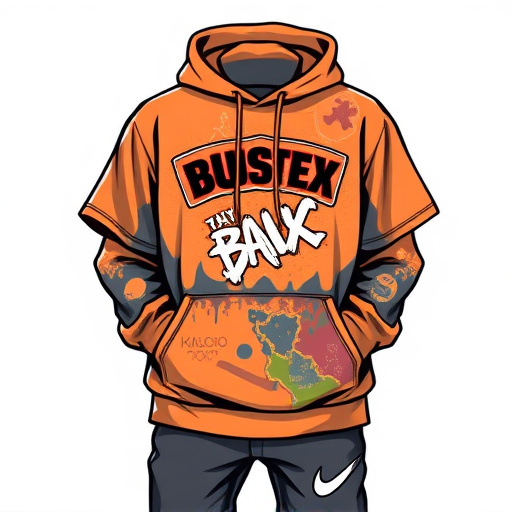
In today’s dynamic global market, understanding and adapting to evolving consumer needs is paramount for businesses aiming to stay ahead in the race. The DTF (Direct-to-Final) future trends play a pivotal role in this adaptation process, enabling personalization on a massive scale. As consumers become increasingly discerning and demand unique, tailored experiences, brands must embrace innovative technologies like direct to film printers and custom dtf transfers. These tools facilitate the creation of custom sheets for heat pressing designs onto garments, allowing businesses to cater to individual preferences with speed and efficiency.
By leveraging these cutting-edge methods, companies can offer limited-edition pieces or mass-customized products that resonate with diverse customer segments worldwide. The global scale at which this personalization can be achieved is transformative, fostering deeper connections between brands and their audiences. This shift towards hyper-personalization not only enhances customer satisfaction but also paves the way for sustainable growth in a competitive landscape where unique, on-trend designs are the new currency.
Driving Innovation: Personalization Strategies for Success

In today’s digital age, driven by dynamic trends like DTF (short for “done-to-fill”) printing methods, personalization has become a powerful tool for businesses aiming to thrive on a global scale. This innovative approach allows for unparalleled customization of products, catering to individual preferences and creating a unique customer experience. By leveraging DTF Future Trends, brands can push the boundaries of what’s possible in personalized marketing.
Successful personalization strategies involve integrating cutting-edge technologies like digital printing, advanced data analytics, and artificial intelligence to create and deliver custom offerings. For instance, consider the popularity of custom t-shirts, where customers design their own prints online, ensuring a perfect reflection of their style and personality. This level of customization extends beyond mere aesthetics; it fosters a sense of ownership and connection, driving customer satisfaction and loyalty. DTF transfer films play a pivotal role in this process, enabling efficient and precise application of designs to various materials, from textiles to ceramics.
The convergence of advanced technologies and evolving consumer preferences has made personalization a key driver in shaping the future of global markets. By leveraging DTF Future Trends, businesses can unlock unprecedented levels of customer engagement, satisfaction, and loyalty. Adapting to these dynamic changes requires agile strategies that cater to individual needs, fostering innovation and competitive advantage in an increasingly diverse and demanding landscape.






